I probably ought to move this feature to Tuesdays and dub it Trivia Tuesday or something like that, because, once again, here is a Weird Fact that I’m not sure is genuinely weird.
Okay, so we’ve all seen those twin tassels flanking the flaps of many aprons. To wit:
 |
| Courtesy masonicsupplyshop.com |
Well, how did they get there? I’ve been told over the years by learned brethren how these ornaments bear all kinds of symbolism, such as representing the Pillars in the Porch. Personally, I favor the practical explanations of many things in Freemasonry. (I don’t know how many fluid ounces of post-meeting port have passed through my nostrils at the mention of Templar origins of Freemasonry, but I digress.)
It is sad that countless volumes of Masonic literature from earlier centuries have disappeared from sight. In some cases, largely because of dubious scholarship—which was the norm for those times, we must remember—that’s a good thing, but plenty of other cases are lamentable. In the encyclopedia department, we all have Coil’s, Mackey’s, and maybe Waite’s. And then there are dictionaries and other reference books. In the early 20th century, Edward Lovell Hawkins, of Quatuor Coronati 2076 and other accomplishments, published his A Concise Cyclopædia of Freemasonry or Handbook of Masonic Reference. (He also authored A History of Freemasonry in Oxfordshire.)
On the subject of tassels, he writes:
The silver tassels prescribed in the English Constitutions for the aprons of a Master Mason and of a Grand Steward have evolved in course of time from the two long ribbons by which the early aprons were tied on. These ribbons passed round the body and were tied under the flap, with the ends pendent in front. To give a finish to these ends, they were ornamented with a silver fringe. The ribbons would soon become creased with frequent tying, and considerable care would be necessary to get the pendent ends of equal length; so the next step was to sew the decorated ribbons to the apron, making them distinct from the actual tie, which would be concealed by the flap. Then came the strap and buckle now worn.
(The next entry in his cyclopædia is Templar, Knights!)
I’ve been asked a number of times by all kinds of Masons if the quadrangular shape of the Masonic apron and its triangular flap communicate rich symbolism—for example, with the four angles representing the Elements of our material world, and the three angles speaking to aspects of Diety. Nice try, I always say, but the modern apron was shaped by the Industrial Revolution. Prior to machines making our regalia, a Masonic apron had rounded edges and a rounded flap. Reality can fade the fun out of some things, but without it we wouldn’t know what really is exciting in symbolism.
What kind of apron do I wear? I very much would love to wear the regulation Grand Lodge of New York Past Master apron (I am a refugee from another jurisdiction where I actually served in the East of my previous lodge), but the $500+ price is prohibitive. But I am very content wearing my grandfather’s PM apron from 1976. Nevertheless, this will be the year I acquire a new apron, and I am thinking of one similar in all ways to what is shown above, but in purple instead of the blue. I’m still mulling that over.
 |
| Grand Lodge of New York Past Master apron. |






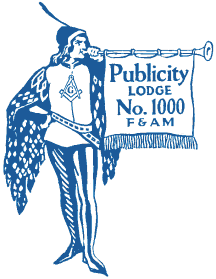

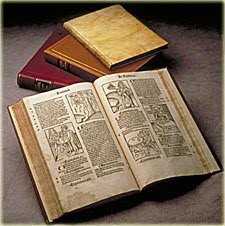


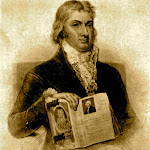




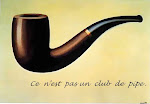
















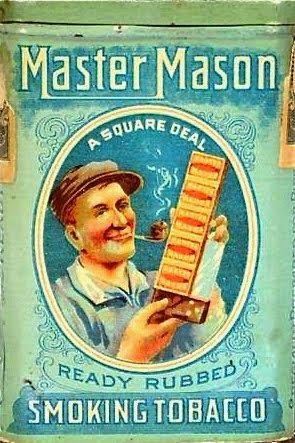


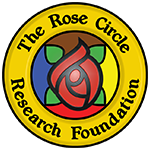

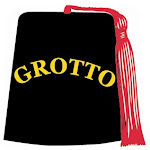








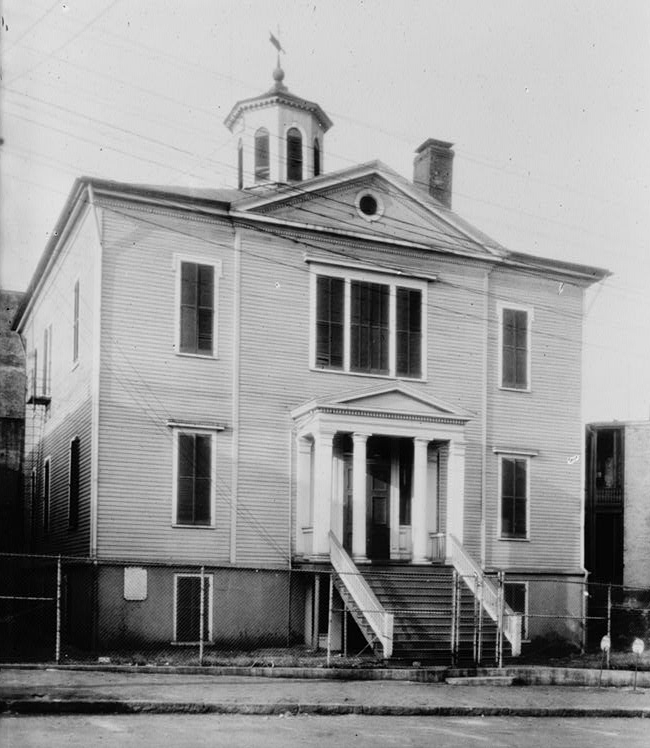
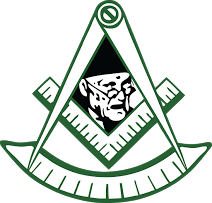
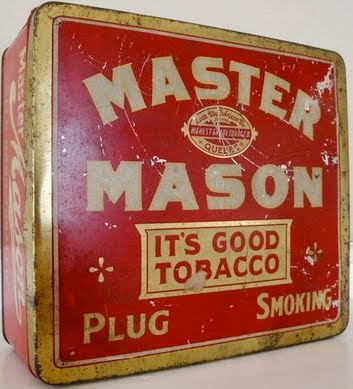



No comments:
Post a Comment